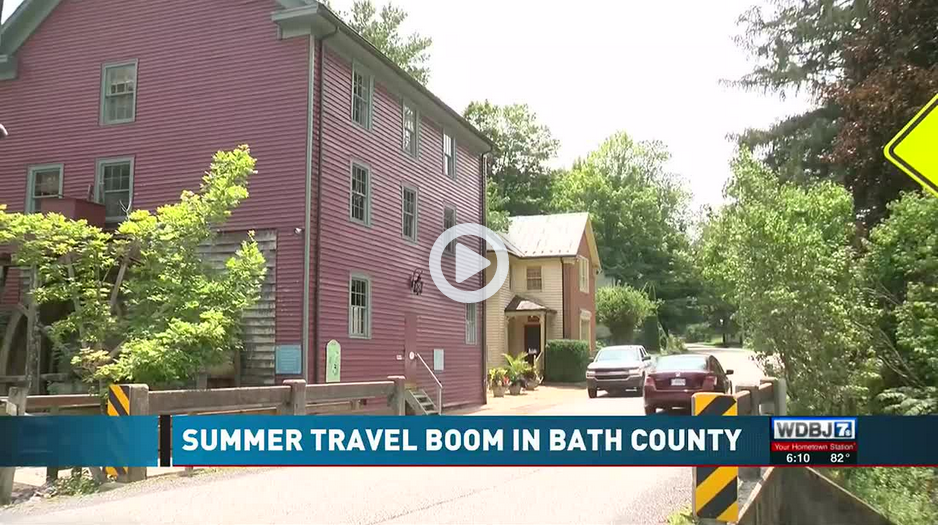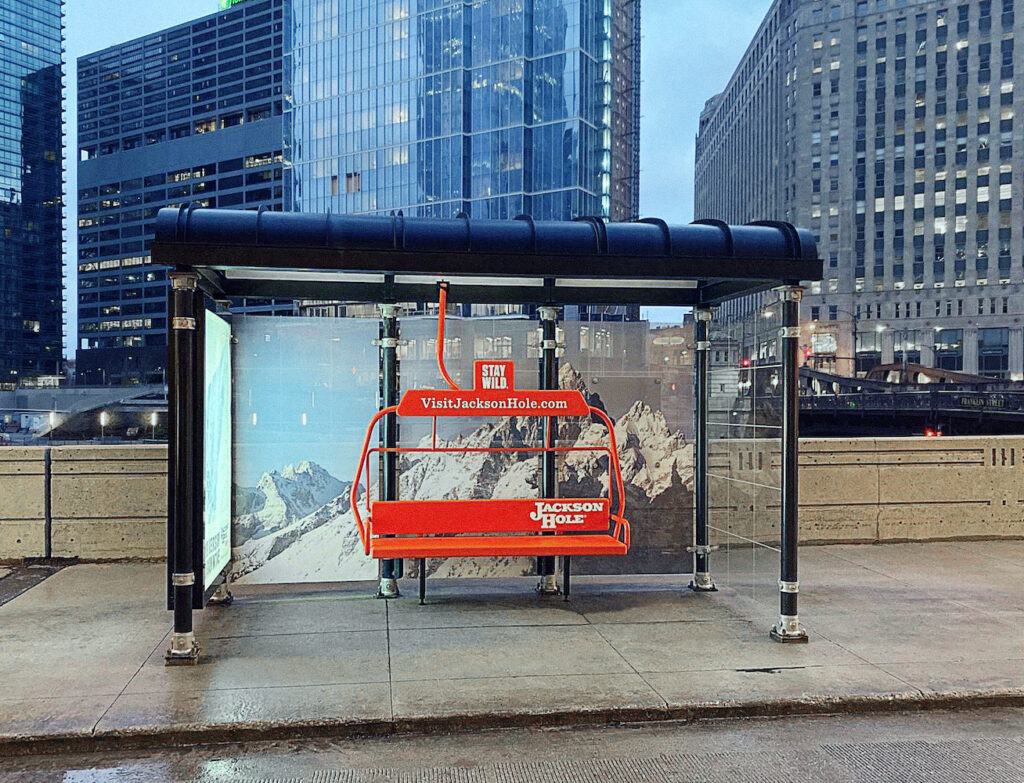Some exciting news has been filling my social media feed for the last 24 hours. A new scenic trail will soon run from New Castle to Eagle Rock running roughly parallel to Craig Creek. For those unfamiliar with these small towns, the trail will be just north of Roanoke, Va, in the beautiful Blue Ridge Mountains. This is fantastic news for the Craig and Botetourt counties where the two trailheads will be located.
As a tourism marketer, two thoughts come to mind.
1. During the announcement of the funding for this new trail, the comparison has been made to the Virginia Creeper Trail. As much as we love the Creeper Trail – we designed a website for the conservancy — perhaps a better comparison would be to the Jackson River Scenic Trail in the Alleghany Highlands. The Jackson River trail runs parallel to, you guessed it, the Jackson River. It features some of the finest scenery on any rail-trail in Virginia. At times riders or walkers enjoy views of the river on one side and fields and distant mountains on the other. The trail’s final segment is under construction right now. When finished it will stretch from Alleghany into Bath County.
2. While community leaders are surely focused on the funding, planning and construction of the new trail right now, we hope they will not take marketing lightly. Thankfully, Botetourt County has the benefit of following the excellent example of another trail that has had a significant impact on economic development — the Upper James River Water Trail. The lesson to be learned is if you build it they will come only works in the movies. The Upper James River Water Trail is certainly one of the most successful examples of a blueway or water trail in Virginia precisely because from the moment of creation the organizers had a plan and funding for marketing. More importantly, they have continued to support it with a modest budget every year since it launched. It doesn’t always take a lot of money, but consistent marketing is crucial to the success of any tourism-centric trail.




